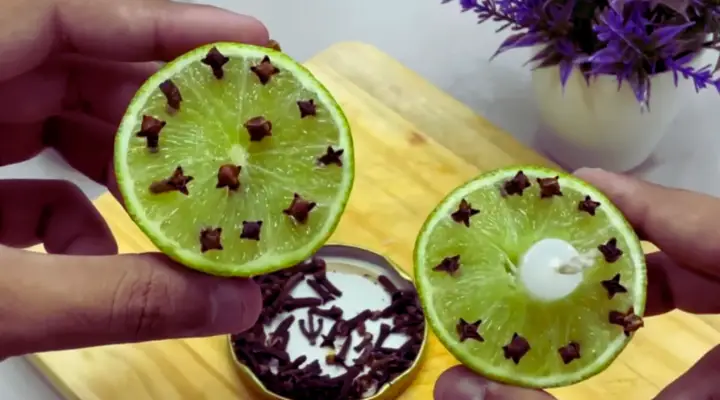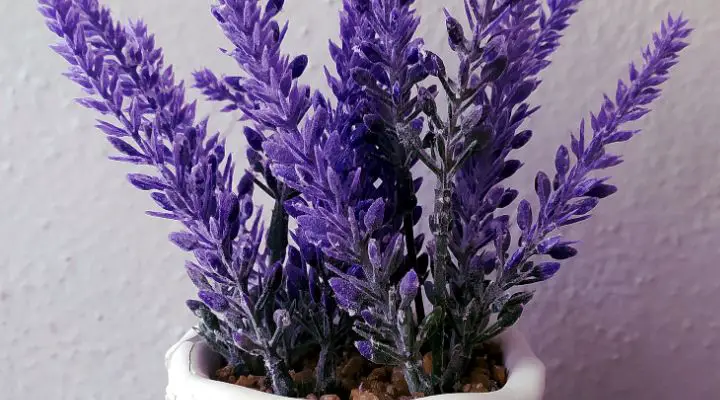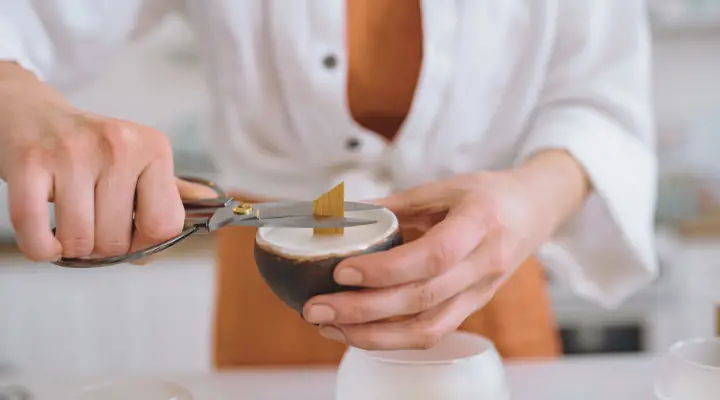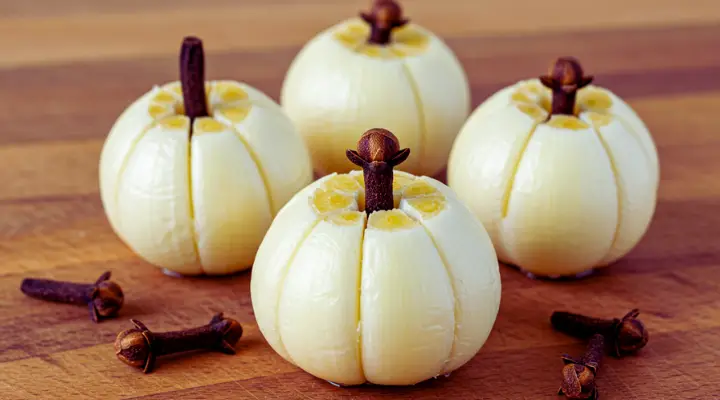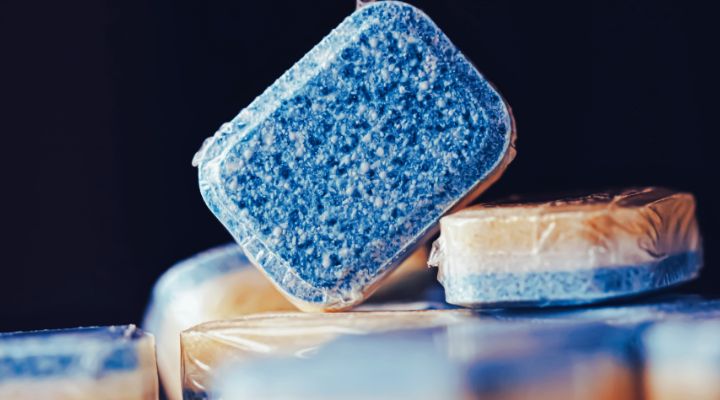Home scent mosquito repellent: Imagine stepping into your home, greeted not by the irritating buzz of mosquitoes, but by a calming, pleasant aroma. Sounds like a dream, right? Well, it’s becoming a reality! For centuries, humans have battled these tiny, blood-sucking pests, resorting to everything from smoky fires to harsh chemicals. But what if we could protect ourselves and our loved ones with something that actually enhances our living space?
The quest for effective mosquito control is deeply rooted in human history. From ancient civilizations using citronella torches to modern-day advancements in repellent technology, we’ve always sought ways to ward off these disease-carrying insects. The cultural significance is undeniable; in many parts of the world, mosquito bites aren’t just an annoyance, they’re a serious health threat.
That’s why the development of home scent mosquito repellent is so exciting. We all need effective protection against mosquitoes, not just to avoid itchy bites, but to safeguard ourselves from diseases like Zika, West Nile virus, and malaria. I believe that this innovative approach offers a safer, more pleasant alternative to traditional methods, allowing us to enjoy our homes without compromising our health or well-being. Let’s explore how these scented solutions can transform your living space into a mosquito-free haven!
Creating Your Own Mosquito-Repelling Home Scents: A Comprehensive Guide
Hey there! Tired of those pesky mosquitoes buzzing around your home, turning your relaxing evenings into itchy nightmares? I totally get it! Instead of relying solely on chemical-laden sprays, let’s explore the wonderful world of natural mosquito repellents you can create right in your own home. This guide will walk you through various methods, from crafting essential oil blends to growing mosquito-repelling plants. Let’s make your home a mosquito-free haven!
Understanding the Power of Natural Repellents
Before we dive into the DIY projects, it’s important to understand why certain scents repel mosquitoes. Many essential oils and plants contain compounds that interfere with a mosquito’s ability to locate its prey (that’s you!). These compounds often mask the scents that attract mosquitoes, like carbon dioxide and lactic acid, which we naturally exhale.
Section 1: Essential Oil Diffuser Blends for Mosquito Repellence
Diffusing essential oils is a fantastic way to create a mosquito-repelling atmosphere throughout your home. Here’s how to do it:
Choosing Your Essential Oils
Several essential oils are known for their mosquito-repelling properties. Some of my favorites include:
* Citronella: This is the classic mosquito repellent, and for good reason! It has a strong, citrusy scent that mosquitoes hate.
* Lemon Eucalyptus: Similar to citronella, lemon eucalyptus offers a refreshing, lemony aroma that’s highly effective.
* Lavender: While we humans find lavender calming, mosquitoes find it offensive. Plus, it adds a lovely floral scent to your home.
* Peppermint: Peppermint’s strong, minty aroma is another excellent mosquito deterrent.
* Tea Tree: Tea tree oil has antiseptic properties and a pungent scent that mosquitoes avoid.
* Cedarwood: This oil offers a woody, grounding aroma and is also known to repel mosquitoes.
* Geranium: Geranium oil has a floral scent that is effective at repelling mosquitoes.
Creating Your Diffuser Blend
Now for the fun part! Experiment with different combinations to find a blend you enjoy. Here are a few of my go-to recipes:
1. Citronella Powerhouse:
* 5 drops Citronella essential oil
* 3 drops Lemon Eucalyptus essential oil
* 2 drops Lavender essential oil
2. Minty Fresh Repellent:
* 4 drops Peppermint essential oil
* 3 drops Lemon essential oil
* 3 drops Tea Tree essential oil
3. Floral Defense:
* 5 drops Lavender essential oil
* 3 drops Geranium essential oil
* 2 drops Cedarwood essential oil
4. Citrus Blast:
* 5 drops Lemon Eucalyptus essential oil
* 3 drops Citronella essential oil
* 2 drops Lemon essential oil
Diffusing Your Blend: Step-by-Step
1. Choose your diffuser: There are many types of diffusers available, including ultrasonic diffusers, nebulizing diffusers, and heat diffusers. I personally prefer ultrasonic diffusers because they also add moisture to the air.
2. Add water: Fill your diffuser with water according to the manufacturer’s instructions.
3. Add essential oils: Add your chosen essential oil blend to the water. Start with the recommended number of drops and adjust to your preference.
4. Turn on the diffuser: Set the diffuser to run for 30-60 minutes at a time. You can repeat this several times a day, especially during peak mosquito activity hours (dawn and dusk).
5. Monitor the scent: Make sure the scent isn’t too overpowering. If it is, reduce the number of essential oil drops you use.
Section 2: DIY Mosquito-Repelling Candles
Candles are another great way to infuse your home with mosquito-repelling scents. Here’s how to make your own:
Gathering Your Supplies
* Soy wax flakes: Soy wax is a natural and clean-burning option.
* Wicks: Choose wicks that are appropriate for the size of your container.
* Essential oils: Select your favorite mosquito-repelling essential oils from the list above.
* Containers: Use heat-safe containers like mason jars, teacups, or repurposed candle jars.
* Double boiler or heat-safe bowl and saucepan: For melting the wax.
* Thermometer: To monitor the wax temperature.
* Pencil or skewer: To center the wick.
* Hot glue gun (optional): To secure the wick to the bottom of the container.
Making Your Mosquito-Repelling Candles: Step-by-Step
1. Prepare your containers: Clean and dry your containers thoroughly. If desired, use a hot glue gun to secure the wick to the bottom of the container. This will prevent it from shifting during the pouring process.
2. Melt the wax: Fill the bottom of your double boiler or saucepan with water and bring it to a simmer. Place the heat-safe bowl on top and add the soy wax flakes. Heat the wax until it’s completely melted, stirring occasionally. Use a thermometer to monitor the temperature; it should reach around 185°F (85°C).
3. Add essential oils: Once the wax is melted, remove it from the heat and let it cool slightly to around 120-130°F (49-54°C). This will help prevent the essential oils from evaporating. Add your chosen essential oil blend to the melted wax. A good starting point is about 1 ounce of essential oil per pound of wax. Stir gently but thoroughly to combine.
4. Pour the wax: Carefully pour the scented wax into your prepared containers, leaving about half an inch of space at the top.
5. Center the wick: Use a pencil or skewer to center the wick and keep it in place while the wax cools.
6. Let the candles cool: Allow the candles to cool completely at room temperature. This may take several hours or even overnight.
7. Trim the wick: Once the candles are completely cool, trim the wick to about ¼ inch.
Section 3: Mosquito-Repelling Plants for Your Home
Bringing the outdoors in is another effective and aesthetically pleasing way to keep mosquitoes at bay. Several plants naturally repel mosquitoes with their scent.
Top Mosquito-Repelling Plants
* Citronella Grass: This is the plant that citronella essential oil is derived from. It has a strong, citrusy scent that mosquitoes dislike.
* Lemon Balm: A member of the mint family, lemon balm has a lemony scent that repels mosquitoes and other insects.
* Lavender: As mentioned earlier, lavender is a beautiful and fragrant plant that also repels mosquitoes.
* Marigolds: These cheerful flowers contain pyrethrum, an ingredient used in many commercial mosquito repellents.
* Basil: Basil is a delicious herb that also happens to be a mosquito repellent.
* Rosemary: Rosemary has a strong, woody scent that mosquitoes avoid.
* Mint: All types of mint, including peppermint, spearmint, and catmint, can help repel mosquitoes.
Caring for Your Mosquito-Repelling Plants
* Placement: Place your mosquito-repelling plants near windows, doors, and outdoor seating areas to create a barrier against mosquitoes.
* Sunlight: Most of these plants require at least 6 hours of sunlight per day.
* Watering: Water your plants regularly, but avoid overwatering.
* Pruning: Prune your plants regularly to encourage growth and release their scent. You can even crush the leaves to release more of their repellent properties.
Section 4: Mosquito-Repelling Room Sprays
For a quick and easy way to freshen up your home and repel mosquitoes, try making your own room spray.
Ingredients You’ll Need
* Distilled water: This is important to prevent bacterial growth.
* Witch hazel or vodka: These act as emulsifiers, helping the essential oils mix with the water.
* Essential oils: Choose your favorite mosquito-repelling essential oils from the list above.
* Spray bottle: A dark glass spray bottle is ideal, as it protects the essential oils from light degradation.
Making Your Mosquito-Repelling Room Spray: Step-by-Step
1. Combine ingredients: In your spray bottle, combine 2 ounces of distilled water, 1 ounce of witch hazel or vodka, and 20-30 drops of essential oils.
2. Shake well: Shake the bottle vigorously to combine the ingredients.
3. Spray: Spray the mixture around your home, focusing on areas where mosquitoes are likely to enter, such as windows and
Conclusion
In conclusion, embracing home scent mosquito repellent isn’t just about keeping those pesky insects at bay; it’s about reclaiming your living space and enhancing your overall well-being. It’s a simple yet powerful way to create a more comfortable, healthier, and enjoyable environment for yourself, your family, and your guests. The benefits extend far beyond mere mosquito control, encompassing stress reduction, improved sleep quality, and a heightened sense of peace and tranquility.
The beauty of home scent mosquito repellent lies in its versatility. You’re not limited to harsh chemicals or unsightly devices. Instead, you have a plethora of options at your fingertips, from essential oil diffusers and scented candles to strategically placed plants and DIY concoctions. Experiment with different scents and delivery methods to discover what works best for your individual needs and preferences.
Consider these variations to personalize your mosquito-repelling experience:
* **Essential Oil Blends:** Create custom blends using essential oils like citronella, lavender, eucalyptus, peppermint, and lemongrass. Research the synergistic effects of different oils to maximize their repellent properties and create a unique aroma.
* **DIY Sprays:** Combine essential oils with a carrier oil like coconut or almond oil to create a natural mosquito repellent spray for your skin or clothing. Be sure to test a small area of skin first to check for any allergic reactions.
* **Scented Candles:** Opt for candles made with natural waxes and infused with mosquito-repelling essential oils. Place them strategically around your patio or deck to create a protective barrier.
* **Aromatic Plants:** Incorporate mosquito-repelling plants like citronella grass, marigolds, basil, and rosemary into your garden or indoor spaces. These plants not only deter mosquitoes but also add beauty and fragrance to your surroundings.
* Diffuser Placement: Experiment with the placement of your diffusers. Placing them near doorways and windows can create a barrier against mosquitoes entering your home.
We encourage you to embark on this journey of creating a mosquito-free haven with home scent mosquito repellent. It’s a small investment that yields significant returns in terms of comfort, health, and overall quality of life.
But don’t just take our word for it. We invite you to share your experiences with home scent mosquito repellent. What scents have you found most effective? What delivery methods do you prefer? What tips and tricks have you discovered along the way? Your insights can help others discover the transformative power of this natural and effective approach to mosquito control. Let’s create a community where we can learn from each other and collectively enhance our living spaces.
Remember, achieving a mosquito-free environment is an ongoing process. Be patient, experiment with different approaches, and adapt your strategy as needed. With a little effort and creativity, you can create a space that is both beautiful and protected from those unwanted buzzing intruders. Embrace the power of home scent mosquito repellent and experience the difference it can make in your life.
Frequently Asked Questions (FAQs)
What exactly is home scent mosquito repellent, and how does it work?
Home scent mosquito repellent refers to the use of natural scents, typically derived from essential oils or plants, to deter mosquitoes from entering or lingering in your living spaces. These scents work by masking the odors that attract mosquitoes, such as carbon dioxide and lactic acid, making it harder for them to find you. Some scents also have direct repellent properties, irritating or disorienting mosquitoes.
Which essential oils are most effective at repelling mosquitoes?
Several essential oils have demonstrated mosquito-repelling properties. Some of the most popular and effective include:
* Citronella: This is perhaps the most well-known mosquito repellent essential oil.
* Lavender: In addition to its calming aroma, lavender also repels mosquitoes.
* Eucalyptus: Eucalyptus oil, particularly lemon eucalyptus, is a potent mosquito repellent.
* Peppermint: Peppermint oil has a strong scent that mosquitoes dislike.
* Lemongrass: Similar to citronella, lemongrass oil is an effective mosquito repellent.
* Tea Tree: Tea tree oil has antiseptic properties and can also deter mosquitoes.
* Cedarwood: Cedarwood oil has a woody scent that mosquitoes find unpleasant.
How can I use essential oils to repel mosquitoes in my home?
There are several ways to use essential oils for mosquito repellent:
* **Diffusers:** Add a few drops of your chosen essential oil or blend to an essential oil diffuser and let it disperse the scent throughout the room.
* **Sprays:** Mix essential oils with a carrier oil (like coconut or almond oil) and water in a spray bottle. Shake well before each use and spray around your home, on your clothing, or directly on your skin (after testing a small area for sensitivity).
* **Candles:** Purchase or make your own candles using natural waxes and infused with mosquito-repelling essential oils.
* **Cotton Balls:** Soak cotton balls in essential oils and place them in strategic locations, such as near windows and doors.
Are home scent mosquito repellents safe for children and pets?
While natural, essential oils can still pose risks if not used properly, especially around children and pets. Always dilute essential oils before applying them to the skin. Avoid using essential oils directly on infants or young children. Keep essential oils and diffusers out of reach of children and pets. Some essential oils, such as tea tree oil, can be toxic to pets if ingested. Consult with a veterinarian or pediatrician before using essential oils around children or pets, especially if they have any underlying health conditions.
How often should I reapply home scent mosquito repellent?
The frequency of reapplication depends on the method you’re using and the environment. For diffusers, you may need to refill them every few hours. For sprays, reapply every 1-2 hours, especially if you’re sweating or swimming. Candles will need to be replaced as they burn down. Monitor the effectiveness of your chosen method and adjust the frequency of reapplication accordingly.
Can I use home scent mosquito repellent outdoors?
Yes, home scent mosquito repellent can be used outdoors, but its effectiveness may be reduced by wind and other environmental factors. Consider using multiple methods, such as citronella candles, torches, and strategically placed plants, to create a more effective barrier.
Are there any plants that naturally repel mosquitoes?
Yes, several plants naturally repel mosquitoes. Some popular choices include:
* Citronella grass
* Marigolds
* Basil
* Rosemary
* Lavender
* Mint
* Lemon balm
Planting these around your home or in containers on your patio can help deter mosquitoes.
What are the limitations of home scent mosquito repellent?
While effective, home scent mosquito repellent is not a foolproof solution. Its effectiveness can be influenced by factors such as wind, humidity, and the concentration of mosquitoes in the area. It’s best used as part of a comprehensive mosquito control strategy that may also include eliminating standing water, wearing protective clothing, and using mosquito nets.
Where can I purchase essential oils and other supplies for home scent mosquito repellent?
Essential oils and other supplies can be purchased at health food stores, online retailers, and some pharmacies. Be sure to choose high-quality, pure essential oils from reputable sources.
How can I tell if I’m allergic to an essential oil?
Before using an essential oil topically, perform a patch test by applying a small amount of diluted oil to a small area of skin. Wait 24 hours to see if any irritation occurs. If you experience redness, itching, or swelling, discontinue use.

